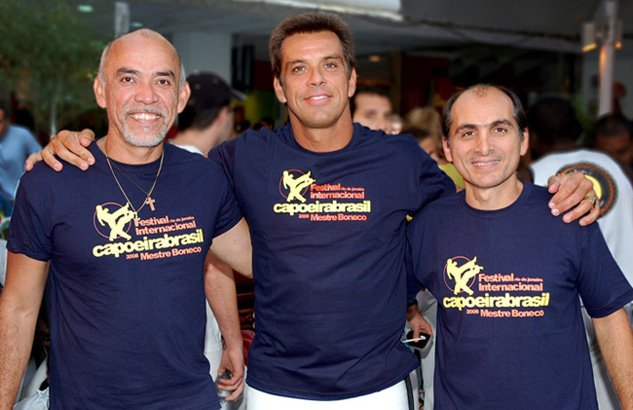Early origins
Capoeira's exact origins are debated among historians, but it is generally agreed that it emerged among enslaved Africans in Brazil during the 16th century. Enslaved Africans were brought to Brazil by Portuguese colonizers to work on sugar plantations. They faced harsh living conditions and oppression, leading them to develop a form of self-defense that appeared to be a dance but was, in reality, a martial art.
Global Spread and Cultural Significance
In the latter half of the 20th century, Capoeira spread beyond Brazil's borders. It gained popularity internationally as a cultural and athletic practice, with people appreciating its unique blend of martial arts, dance, and music. Capoeira has also become a symbol of Afro-Brazilian culture and heritage, reflecting the resilience and creativity of enslaved Africans in the face of adversity.
Today, Capoeira is practiced worldwide, with various schools, styles, and approaches. It continues to evolve while preserving its historical and cultural roots, and it remains an important element of Brazil's cultural identity.
Capoeira Music
The capoeira music sets the rhythm for the interaction of two members inside the circle, influencing the speed and intensity of movements. Different rhythms correspond to distinct styles of play, from slow and strategic to fast and dynamic.
Capoeira songs often involve call-and-response patterns, creating a dynamic exchange between the lead singer and the group. This mirrors the call-and-response nature of the game itself.
The collective experience of creating music and playing Capoeira fosters a sense of community. Practitioners learn to synchronize their movements with the beat, creating a harmonious and cooperative atmosphere.
In essence, the music in Capoeira is not just an accompaniment; it is an active participant in the practice, shaping the dynamics of the game, expressing cultural heritage, and fostering a profound connection between practitioners and the art's historical roots.



